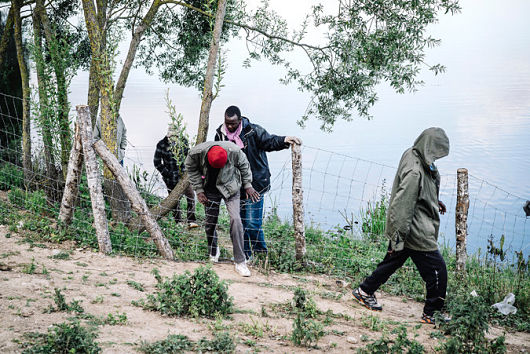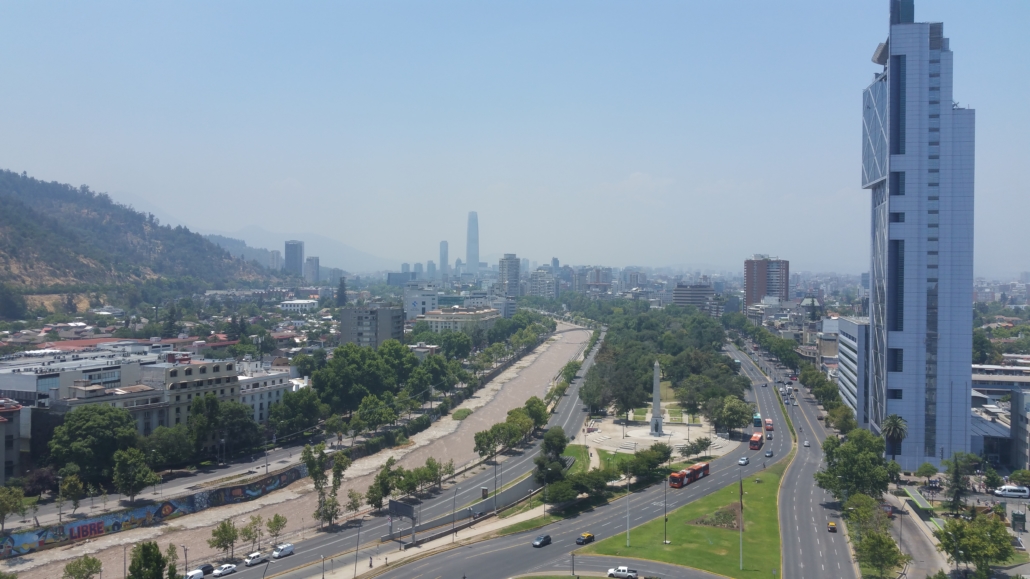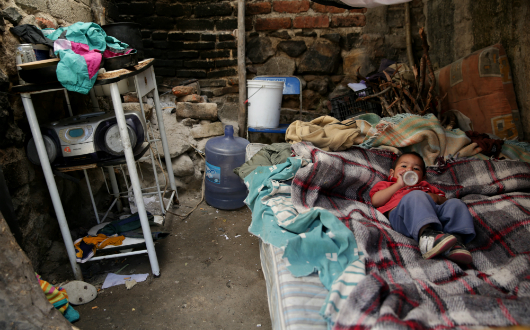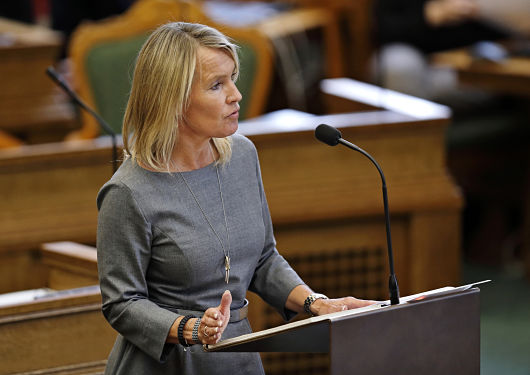
Many refugees in Calais, France are using any means possible — most of them using rather dangerous means — to make their way to Britain in hopes of a new life.
Hundreds of thousands of immigrants sit in refugee camps in Calais waiting to make their next attempt into the United Kingdom. Many of these individuals have traveled all the way from Africa, the Middle East and some from even further away. For most, sanctuary in Britain is the last stop on a very long journey that may have lasted for months, with hopes that a better life and more opportunities await them on the other side of the English Channel.
In France, where many migrants await the next move, which may potentially land them in Britain, lie refugee camps filled with hundreds of thousands of migrants from all around the world. Many have fled injustice and corruption within their native countries, such as that of Sudan, Eritrea and other crime-ridden and infamously violent nations.
Within the camps are volunteers and medical staff to help those who have been injured or have fallen ill throughout their long journeys. Nurses in the camps have recounted a number of cases where individuals have even been hit by trains and fallen off moving trains while trying to make their way across the Channel. This is a horrific image to imagine, but it is the reality of the extent people in these circumstances are willing to go to make it to their final destination. The legitimacy of their travels is backed by the success of others. An estimated 40 people actually make it across each day, though the numbers have varied greatly. Those who have been successful give those still struggling the hope they need to keep going.
With all these people from around the world flooding the entrance to the United Kingdom, both Britain and France have asked for more intervention, particularly from other members of the European Union. The French government has upped its security measures by increasing the number of police officers at the French side of the Channel as well as implementing other new security means. However, with the number of migrants in the hundreds of thousands at least, and a handful of migrants making their way to the UK each day, there obviously is a need for more assistance in order for the two countries to maintain border security.
This issue has been going on since the beginning of June, and a recorded 10 migrants have died in the journey specifically from Calais to the other end of the Channel. This is an issue of international security for which no clear solution has been found thus far, neither the migrants seeking refuge nor the European nations themselves.
– Alexandrea Jacinto
Sources: The New York Times, BBC
Photo: The New York Times


 On June 18, Denmark’s center-left government, the Social Democrats, were ousted out of the political limelight as the country moved dramatically to the far right in favor of the ring-wing, populist and anti-immigrant Danish People’s Party (D.P.P). The Danish People’s Party is often regarded with stigma both at home and abroad and is on the outskirts of Danish politics since its founding in 1996.
On June 18, Denmark’s center-left government, the Social Democrats, were ousted out of the political limelight as the country moved dramatically to the far right in favor of the ring-wing, populist and anti-immigrant Danish People’s Party (D.P.P). The Danish People’s Party is often regarded with stigma both at home and abroad and is on the outskirts of Danish politics since its founding in 1996.

